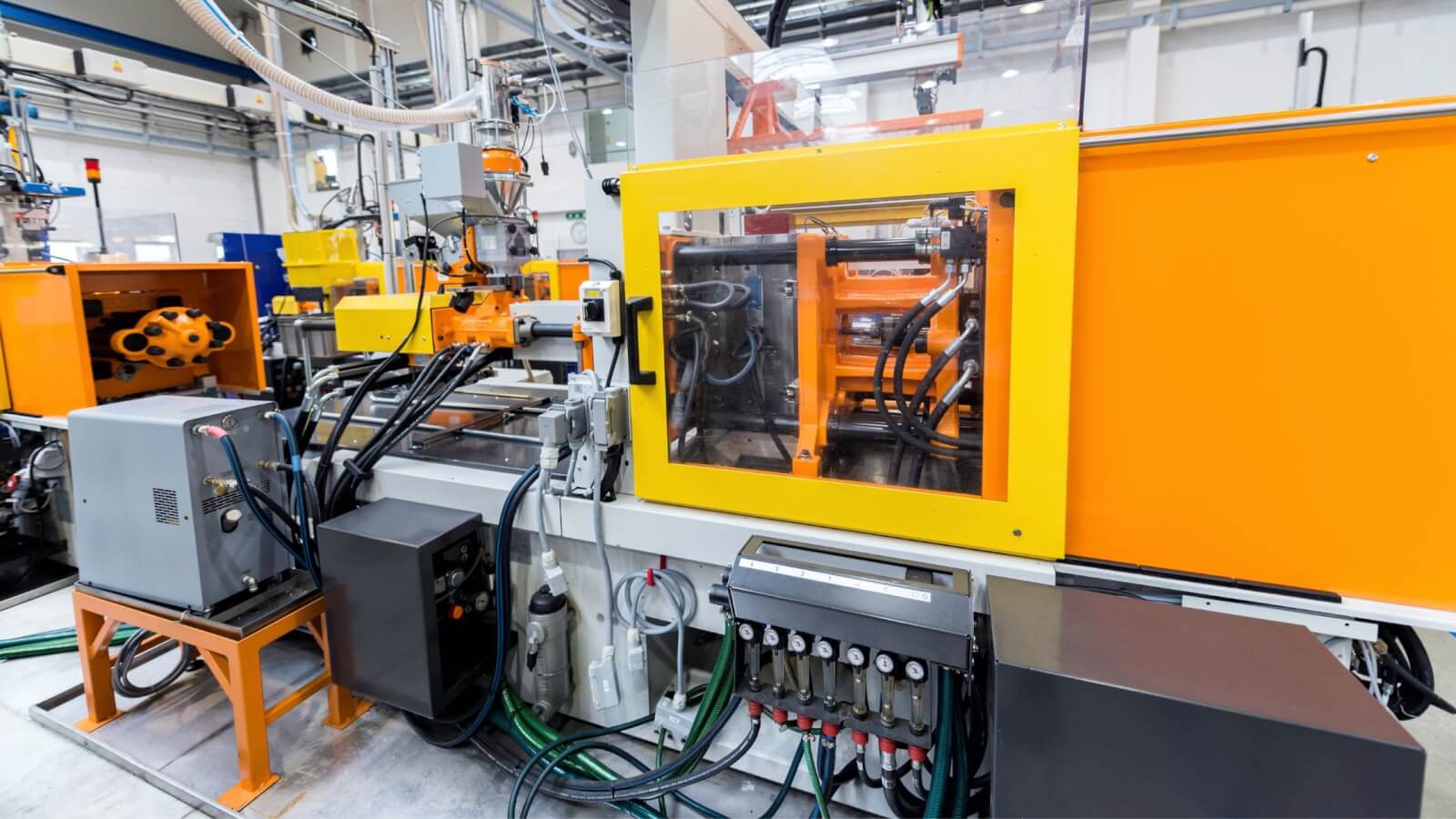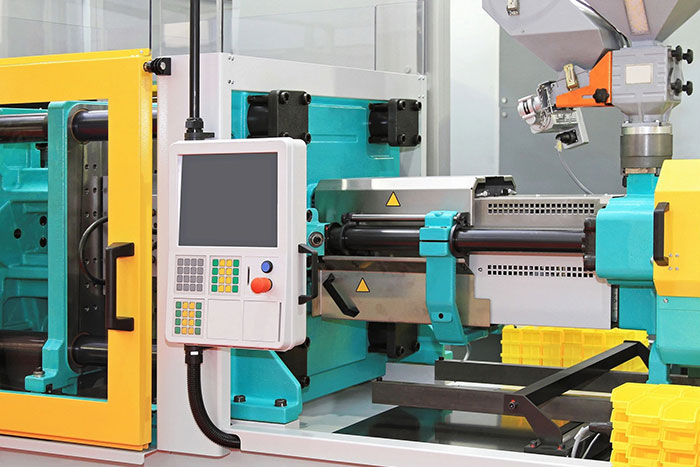Recognizing the Essentials of Plastic Shot Molding Procedures
Plastic shot molding works as a keystone of modern production, giving a methodical strategy to generating intricate elements with precision. This procedure not just includes the fundamental steps of melting and infusing materials into molds but likewise includes a nuanced understanding of various influencing factors, such as temperature level and stress. As industries progressively require performance and high quality, the complexities of this approach end up being much more crucial. Exploring these crucial components might disclose just how even small changes can result in substantial renovations in production end results, questioning about the potential for advancement in this established process.
What Is Plastic Injection Molding?
Plastic injection molding is a commonly made use of manufacturing process that changes thermoplastic and thermosetting materials into specific and complicated shapes. This strategy is favored for its capability to create high volumes of the same get rid of outstanding accuracy, making it an important technique in various industries, including vehicle, durable goods, and medical devices.
The procedure includes melting the chosen plastic product and injecting it into a mold and mildew under high stress. The mold and mildew, designed to the requirements of the wanted part, permits the molten plastic to take form as it strengthens and cools. Once the product has hardened, the mold is opened up, and the completed component is expelled.
Plastic injection molding provides numerous advantages, including minimized waste, uniformity in production, and the capability to include elaborate designs that might be challenging with various other making techniques. Furthermore, it sustains a wide variety of materials, each supplying unique buildings that can be customized for details applications. As industries continue to innovate, plastic shot molding continues to be at the forefront, enabling the advancement of sophisticated products that satisfy developing customer demands.
The Shot Molding Refine
The injection molding procedure is an advanced technique that involves several essential phases to create high-grade plastic parts. Plastic pellets are fed into a heated barrel where they are thawed right into a thick fluid. This molten plastic is after that injected under high stress into a precision-engineered mold and mildew, which forms the material into the wanted kind.
When the mold and mildew is filled, the plastic is permitted to strengthen and cool down, taking the shape of the mold tooth cavity. Air conditioning time is essential, as it affects the cycle time and the last homes of the molded part. After enough air conditioning, the mold opens, and the ended up part is expelled using ejector pins.

Products Used in Injection Molding
Different products can be utilized in the shot molding procedure, each offering special buildings that accommodate certain applications. The most commonly used products consist of thermoplastics, thermosetting plastics, and elastomers.

Thermosetting plastics, like epoxy and phenolic resins, go through a chemical change throughout the healing process, leading to an inflexible, stringent framework. These products are suitable for applications calling for high heat resistance and structural honesty, frequently made use of in electric insulators and automobile parts.
Elastomers, consisting of silicone and rubber-based products, give versatility and resilience. Their distinct residential or commercial properties make them suitable for applications that require elasticity, such as gaskets and seals.
Additionally, specialty products like bio-based plastics and compounds are gaining traction for their environmental advantages and improved performance qualities, widening the scope of injection molding applications in different markets. Recognizing the residential properties of these products is vital for selecting the appropriate kind for specific jobs.
Advantages of Shot Molding
Shot molding stands out as an extremely reliable manufacturing procedure that provides countless advantages for producing intricate components with precision. Among the most substantial benefits is the capability to create intricate designs that would be impossible or tough to accomplish with various other approaches (Plastic Injection Molding). The procedure permits limited resistances and detailed functions, making certain high-grade elements
Furthermore, shot molding is recognized for its fast production capacities, making it a suitable option for high-volume manufacturing. Once the mold and mildew is developed, parts can be generated promptly, lowering preparations and boosting overall productivity. This efficiency not only decreases production expenses however likewise provides a competitive side in the market.
The versatility of materials used in shot molding even more improves its allure. A vast array of thermoplastics and thermosetting polymers can be employed, allowing makers to choose products that ideal fulfill their particular needs, consisting of flexibility, heat, and strength resistance.
Furthermore, the procedure minimizes waste, as excess material can typically be reused and recycled. This sustainability element adds to a reduced ecological impact, making injection molding a liable production choice. look at this now Generally, the advantages of injection molding make it a preferred technique for lots of industries.
Elements Affecting Product Top Quality
While countless aspects can influence product quality in injection molding, comprehending these components is vital for accomplishing optimal results. Key elements include material choice, refining criteria, and mold and mildew layout.
Product selection plays a vital function, as various polymers display special buildings that impact flowability, toughness, and thermal stability. Poor material option can result in flaws such as bending or incomplete filling.
Handling criteria, consisting of stress, cycle, and temperature level time, should be diligently managed. Variants in these setups can cause variances partially measurements and surface finish. Exceedingly high temperatures might create destruction of the polymer, while insufficient pressure can result in short shots.
Mold style is equally essential, as it identifies the flow of the molten plastic and the cooling procedure. Inadequately made visit this site molds might cause unequal cooling prices, leading to dimensional inaccuracies and recurring tensions.

Conclusion
To conclude, plastic injection molding works as a vital manufacturing procedure that enables the effective manufacturing of high-grade components. Proficiency of the shot molding procedure, including the understanding of materials and the impact of different elements on product top quality, is vital for achieving optimum outcomes. The benefits of this approach, such as cost-effectiveness and style adaptability, more emphasize its value across several markets, strengthening its status as a recommended selection for high-volume production.
Plastic injection molding serves as site link a foundation of contemporary production, supplying a methodical method to producing complicated elements with accuracy.Plastic injection molding uses numerous advantages, consisting of reduced waste, uniformity in manufacturing, and the ability to incorporate complex layouts that may be testing with various other producing methods (Plastic Injection Molding). As markets proceed to introduce, plastic injection molding continues to be at the forefront, allowing the growth of sophisticated items that satisfy progressing customer needs
The shot molding process is an innovative strategy that entails several essential stages to generate top quality plastic parts.In final thought, plastic shot molding offers as an important production process that makes it possible for the effective production of premium components.